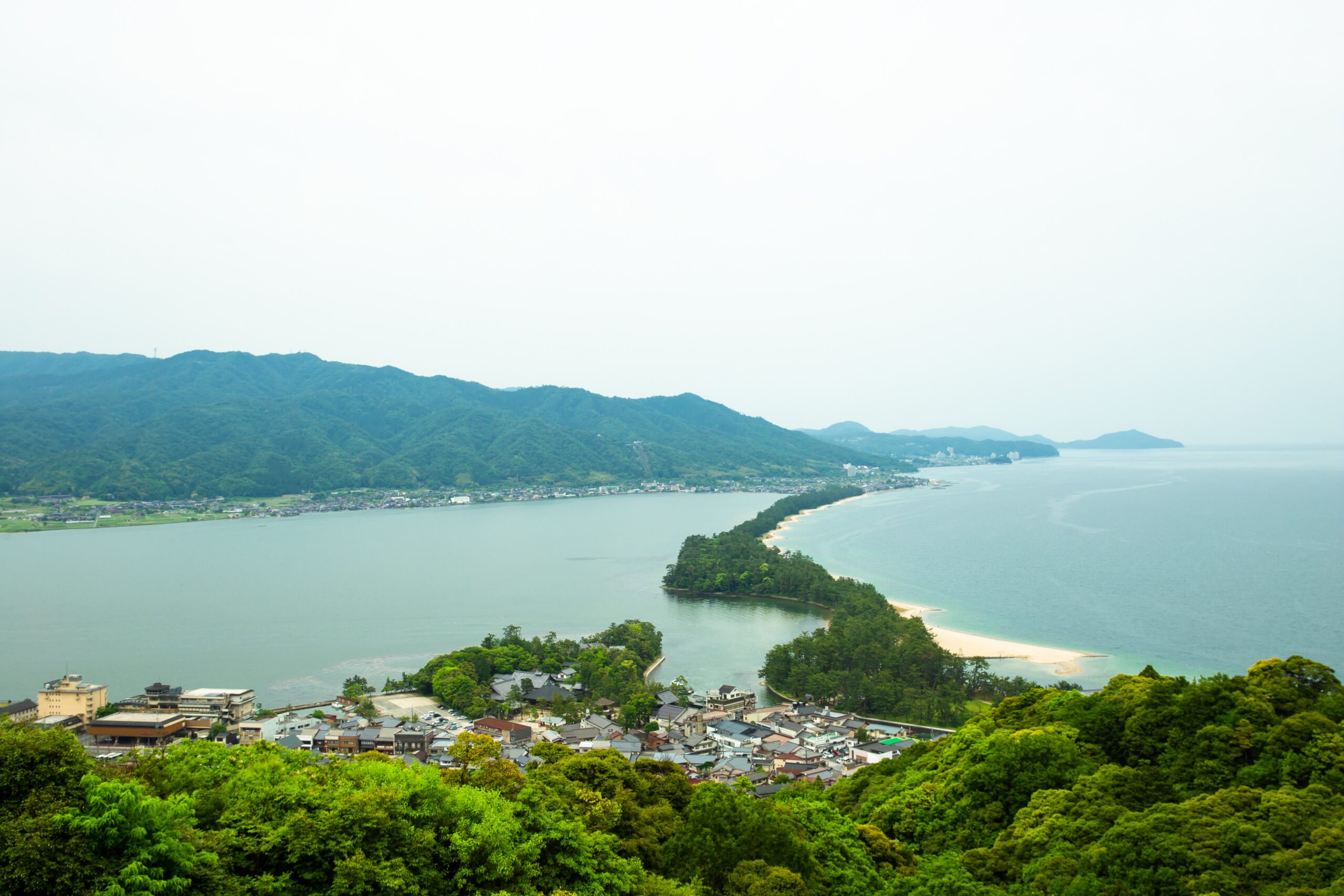Nihon Kai (日本海), also known as the Sea of Japan, is a body of water located between Japan and the Asian mainland. It is a vital part of Japan’s geography, culture, and history. In this article, we will explore what Nihon Kai is, its history, and its significance to Japan and the world.
Geography of Nihon Kai
Nihon Kai is a marginal sea that stretches over 978,000 square kilometers. It is surrounded by Japan to the east, Russia and North Korea to the west, and South Korea to the south. The sea is relatively shallow, with an average depth of about 1,200 meters, and it has many small islands, including Sado Island, Oki Islands, and Ulleungdo Island.
The sea’s climate is heavily influenced by the surrounding landmasses, resulting in heavy snowfall in the winter and relatively mild temperatures in the summer. The sea’s currents and tides are also complex, and it is prone to typhoons and other severe weather conditions.
History of Nihon Kai
The history of Nihon Kai dates back to ancient times when the region was inhabited by various indigenous groups. The sea played a crucial role in the development of Japan’s culture and economy, as it provided access to fishing grounds, facilitated trade with neighboring countries, and served as a strategic defense line against invasions.
During the 16th and 17th centuries, Japan experienced a period of isolationism, known as sakoku, during which the country restricted contact with foreign nations. The sea became a symbol of Japan’s isolation, and it was known as the “East Sea” by the Japanese.
In the 19th century, Japan emerged from its isolationist policies and began to engage with the world. The sea became an essential route for trade and communication, and Japan’s navy began to use it as a strategic base for military operations.
The sea played a significant role in World War II, with many naval battles fought in its waters. The aftermath of the war saw Japan’s defeat and the country’s transformation into a democracy. The sea continued to be an important site for fishing, trade, and transport, and it remains a vital part of Japan’s economy and society to this day.
Significance of Nihon Kai
Nihon Kai is a vital part of Japan’s culture, history, and economy. The sea’s fishing grounds are some of the richest in the world, providing a significant source of food and income for Japan’s fishing industry. The sea is also a crucial shipping lane, with many ports and harbors located along its shores.
In addition, the sea has played a significant role in Japan’s defense and security. The country’s navy has used the sea as a base for military operations, and it remains an essential part of Japan’s defense strategy.
The sea’s unique ecosystem also makes it a vital area for scientific research. The sea is home to a diverse range of marine life, including whales, dolphins, and many species of fish. Research conducted in the sea has led to significant discoveries about the ocean’s ecology, and it continues to be an essential area of study for marine biologists and other scientists.
Controversies Surrounding Nihon Kai’s Name
The name of the sea has been a subject of controversy for many years, with South Korea referring to it as the “East Sea,” while Japan uses the name “Sea of Japan.” The dispute over the name has its roots in history, with both countries claiming that their respective names are the correct ones.
The issue has been a point of contention between the two countries, with South Korea arguing that the name “East Sea” has historical and cultural significance, while Japan argues that the name “Sea of Japan” has been used for centuries and is internationally recognized.
In recent years, the dispute has escalated, with South Korea requesting that the international community adopt a dual-name system that would recognize both names. However, Japan has rejected this proposal, arguing that a dual-name system would cause confusion and harm Japan’s interests.
The controversy surrounding the name of the sea is a sensitive issue for both countries, and it has led to tensions in diplomatic relations. However, despite the dispute, the sea remains a vital part of both countries’ geography and culture.
Tourism and Recreation in Nihon Kai
Nihon Kai is also a popular tourist destination, with many visitors drawn to its scenic beauty and rich cultural heritage. The sea’s small islands offer visitors a chance to experience traditional Japanese culture, including local festivals, traditional crafts, and cuisine.
The sea is also a popular destination for outdoor activities such as fishing, kayaking, and swimming. The sea’s clear waters and abundant marine life make it a popular spot for scuba diving and snorkeling, while the surrounding mountains offer excellent hiking and camping opportunities.
Summary
In conclusion, Nihon Kai, or the Sea of Japan, is a vital part of Japan’s geography, culture, and history. The sea has played a crucial role in Japan’s development, providing access to fishing grounds, facilitating trade and communication, and serving as a strategic defense line against invasions.
The sea’s unique ecosystem and abundant marine life also make it an important area for scientific research, while its scenic beauty and rich cultural heritage attract tourists from around the world.
Despite the controversy surrounding its name, Nihon Kai remains a vital part of both Japan and South Korea’s cultural and historical identity, and it will continue to play a crucial role in the region’s development and growth for years to come.

